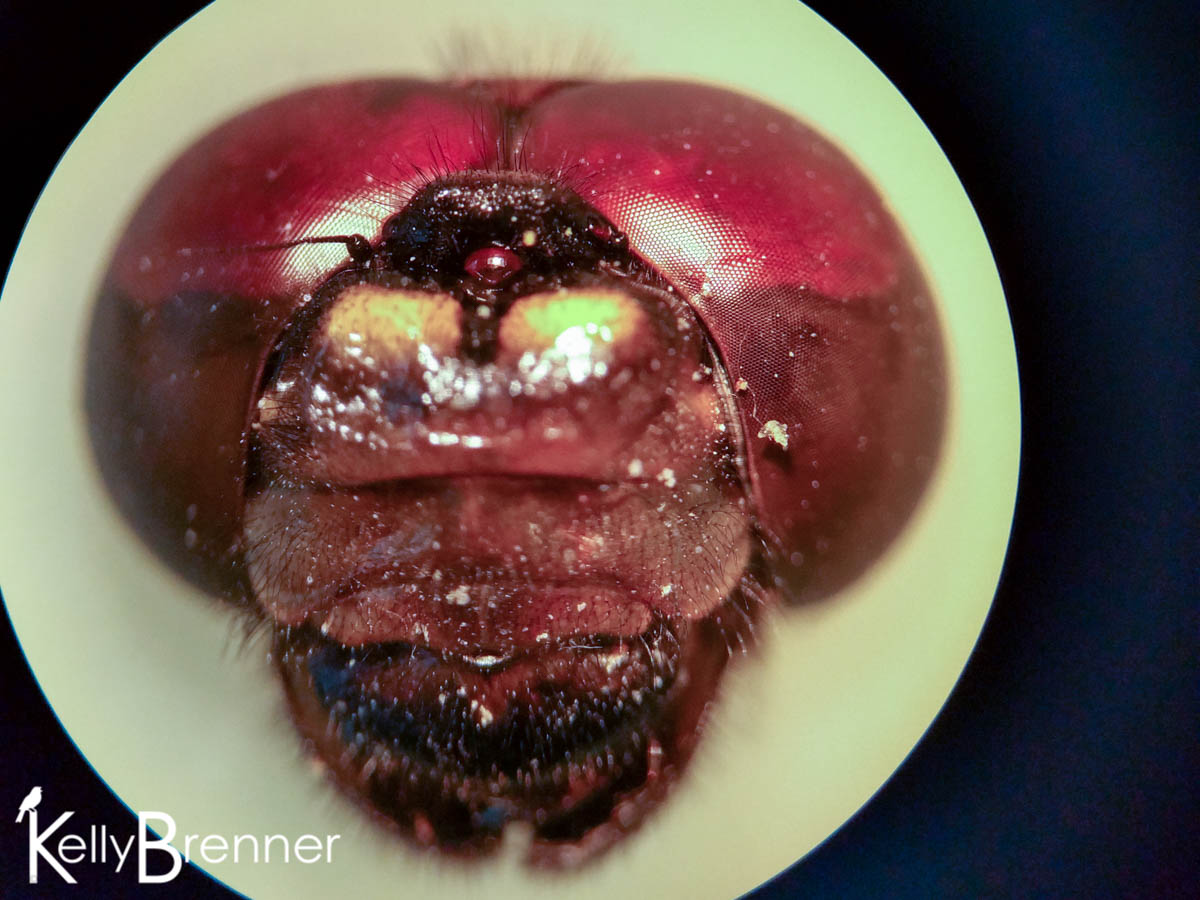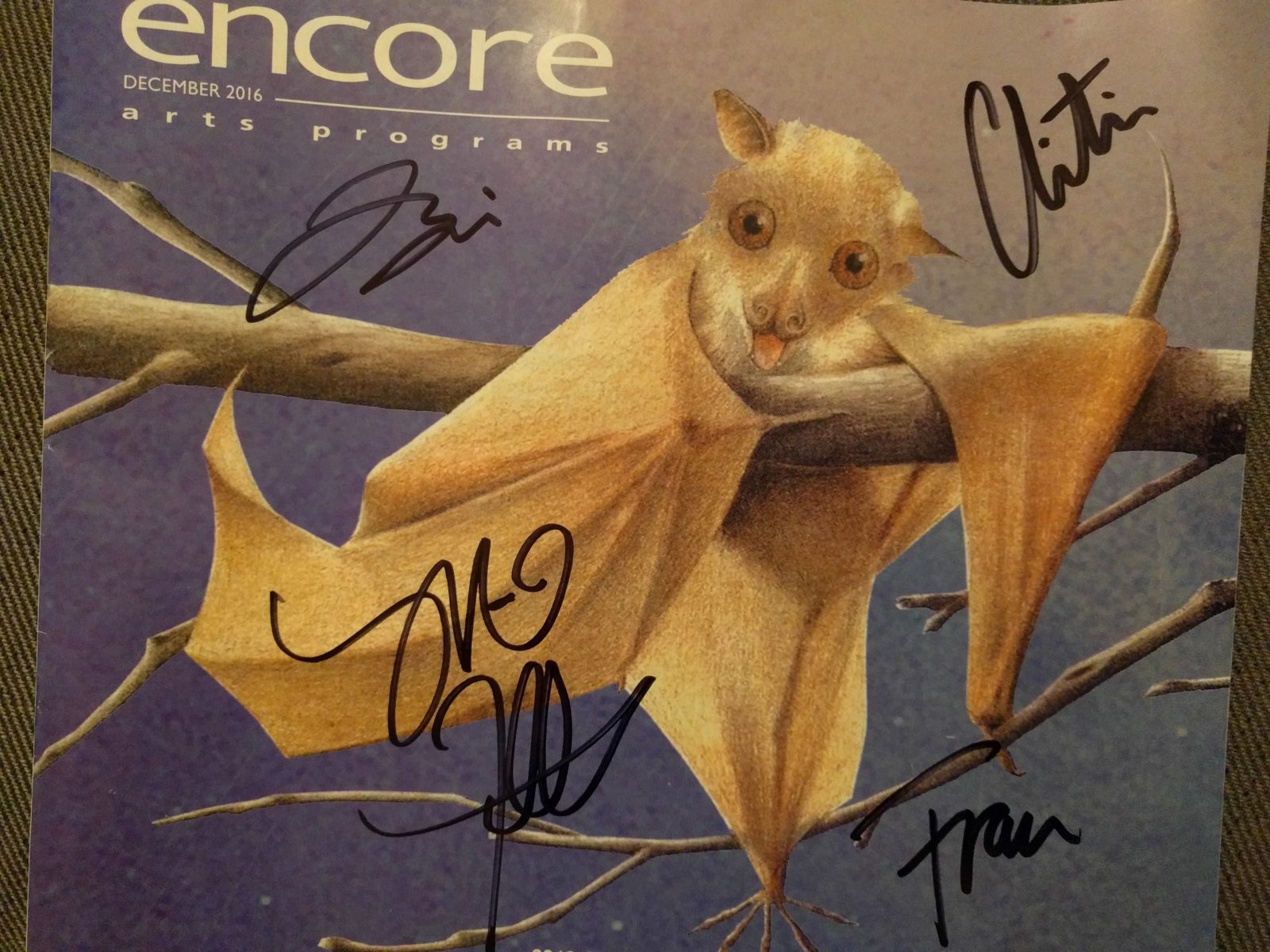In 2016 I’m doing a 365 Nature project. Each day of the year I will post something here about nature. It may be any format, a photo, video, audio, sketch or entry from my nature journal. It could be a written piece. Each day I will connect to nature in some way and share it here by the end of that day. You can keep up-to-date by subscribing to the RSS feed or be notified by email. See all the 365 Nature posts.
Twice this week I happened across expired dragonflies. The first was on Day 195 when I found a shriveled up Eight-spotted Skimmer in a water lily flower on Union Bay. Under the lily pad was an exuvia of a dragonfly, presumably from that individual. Everything about the dragonfly was crumpled, the wings looked like they’d been wadded up like a piece of paper and even the body was shrived up and appeared to be sunken in. There were flies around it when I found it so it may have been partially consumed.
The second dragonfly I found was on Day 197 when I spotted wings in the middle of a path in the arboretum. When I bent to look closer, I found two wings detached from a body, but as I looked, I also found part of the body. The thorax was completely missing and only the abdomen with two attached wings remained. By very good luck, I spotted the head nearby and collected that with the rest of the parts. It was also an Eight-spotted Skimmer, this one clearly a female. It most likely had been caught and eaten before being dropped where I found it.
Today I took those dragonflies and the exuvia and looked at them under the microscope. I’ve been very close to many dragonflies, some have even landed on me. But as close as I get with my eyes and macro lens, having them in hand and under the microscope shows many details I could never see otherwise.
The veins on the wings are very intricate to the bare eye, but upon magnification, I could see the black veins also had little spikes on them. Likewise, the legs I have noticed have spines, but the microscope shows just how many they have on a single leg. No wonder they’re so efficient at catching insects. But it was the head I found that was most amazing. The eyes have so much detail when looking at them under the microscope, and the face has a lot of little hairs all over it. The antennae are very small, not at all long like you frequently see depicted in art. The ocelli, a simple eye, is very easy to see in the middle, between the eyes under the microscope. It’s been said before, but that face is very alien.
Looking at the exuvia, the dragonfly’s larva skin, was also interesting. Under the back light I could see the cracks that had formed to allow the adult to pull out of the skin. I could also see a lot of little hairs or spines all over the body of the larva. I was surprised to find something inside the empty body of the larva. I noticed an object that was rounded and dark reddish brown inside, and when I turned the back light on,I could see an oval shape through the skin. What it is, I don’t know. Whether it had some role in the dragonfly’s demise or was there after the dragonfly had emerged, I couldn’t say. I do know that I’ve never seen anything like it in any other exuvia I’ve ever collected.






